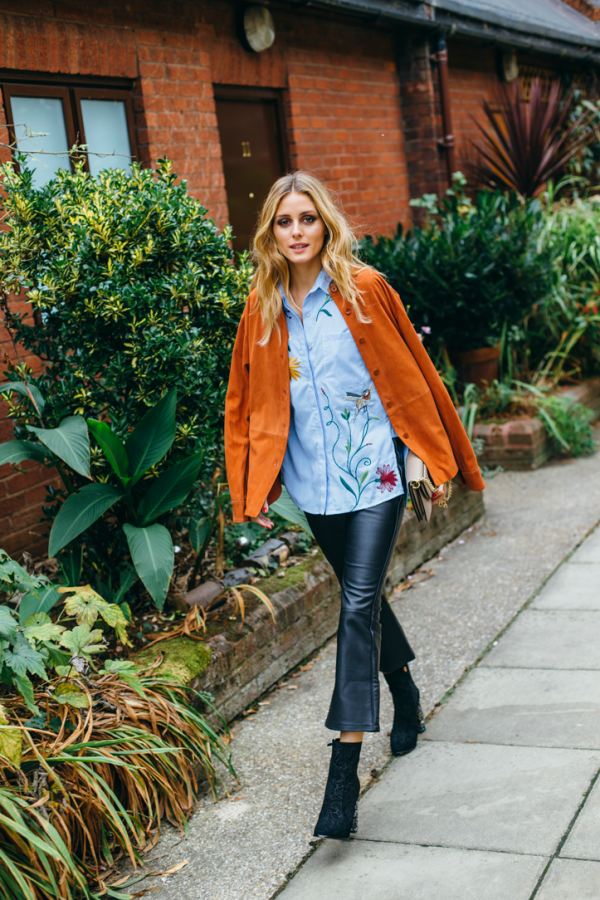In recent years, the fashion industry has seen a significant shift towards sustainability as consumers become more conscious of their environmental footprint. This movement has led to an increased demand for sustainable clothing options that prioritize ethical production, fair labor practices, and eco-friendly materials. If you’re looking to make more sustainable choices with your wardrobe, there are several simple yet effective strategies you can employ to fill it with clothing that aligns with your values.
Assess Your Current Wardrobe: Before diving into purchasing new clothing, take stock of what you already own. Sort through your closet to identify items you no longer wear or need. Consider donating or selling these pieces to give them a new life and reduce waste.
Educate Yourself: Familiarize yourself with sustainable fashion brands and materials. Research different certifications and standards such as Fair Trade, GOTS (Global Organic Textile Standard), and OEKO-TEX certification for textiles to understand their significance in the industry. This knowledge will empower you to make informed decisions when shopping for clothing.
Prioritize Quality Over Quantity: Invest in high-quality pieces that are timeless and durable. While sustainable clothing may come with a higher price tag upfront, it often pays off in the long run as these items tend to last longer and withstand multiple wears and washes. Look for well-made garments constructed from sustainable materials like organic cotton, hemp, linen, Tencel, or recycled fabrics.
Shop Secondhand: Embrace the thrill of thrift shopping or explore online platforms dedicated to selling pre-loved clothing. Secondhand shopping not only extends the lifespan of garments but also reduces the demand for new production, thereby minimizing environmental impact. You can find unique and stylish pieces while supporting a more circular fashion economy.
Attend Clothing Swaps: Organize or participate in clothing swap events within your community or social circles. These gatherings allow individuals to exchange clothing items they no longer want for ones that spark joy and fit their style preferences. Clothing swaps are not only sustainable but also foster a sense of community and camaraderie among participants.
Opt for Versatile Pieces: Choose clothing items that can be mixed and matched to create multiple outfits. Versatile pieces offer greater value for your money and reduce the need for excessive consumption. Invest in basics such as neutral-colored tops, pants, and outerwear that can be paired with different accessories to create diverse looks.
Support Ethical Brands: Research and support fashion brands that prioritize ethical and sustainable practices throughout their supply chain. Look for companies that prioritize fair wages, safe working conditions, and transparent production processes. Many sustainable brands also incorporate eco-friendly packaging and shipping practices to minimize their environmental footprint.
DIY and Upcycling: Get creative and breathe new life into old or worn-out clothing through DIY projects and upcycling. Whether it’s adding patches, embellishments, or repurposing garments into entirely new creations, upcycling allows you to personalize your wardrobe while reducing waste. There are countless online tutorials and resources available to inspire your creativity.
Rent Clothing for Special Occasions: Instead of purchasing new clothing for one-time events or occasions, consider renting outfits from clothing rental services. Renting allows you to enjoy wearing stylish pieces without the commitment of ownership, thereby reducing the demand for new clothing production. Additionally, it’s a cost-effective and space-saving solution for those who want to experiment with different styles.
Take Care of Your Clothing: Extend the lifespan of your clothing by properly caring for them. Follow care instructions on garment labels, wash items in cold water, and air dry when possible to conserve energy and preserve fabrics. Repair any minor damages or tears promptly to prevent further deterioration. By practicing good garment care habits, you can ensure that your clothing remains in wearable condition for years to come.
In conclusion, filling your wardrobe with sustainable clothing is achievable through mindful consumption, education, and conscious choices. By assessing your current wardrobe, prioritizing quality over quantity, shopping secondhand, supporting ethical brands, and embracing DIY projects, you can curate a wardrobe that reflects your values while minimizing your environmental impact. Remember that every small step towards sustainability counts, and together, we can drive positive change in the fashion industry.



